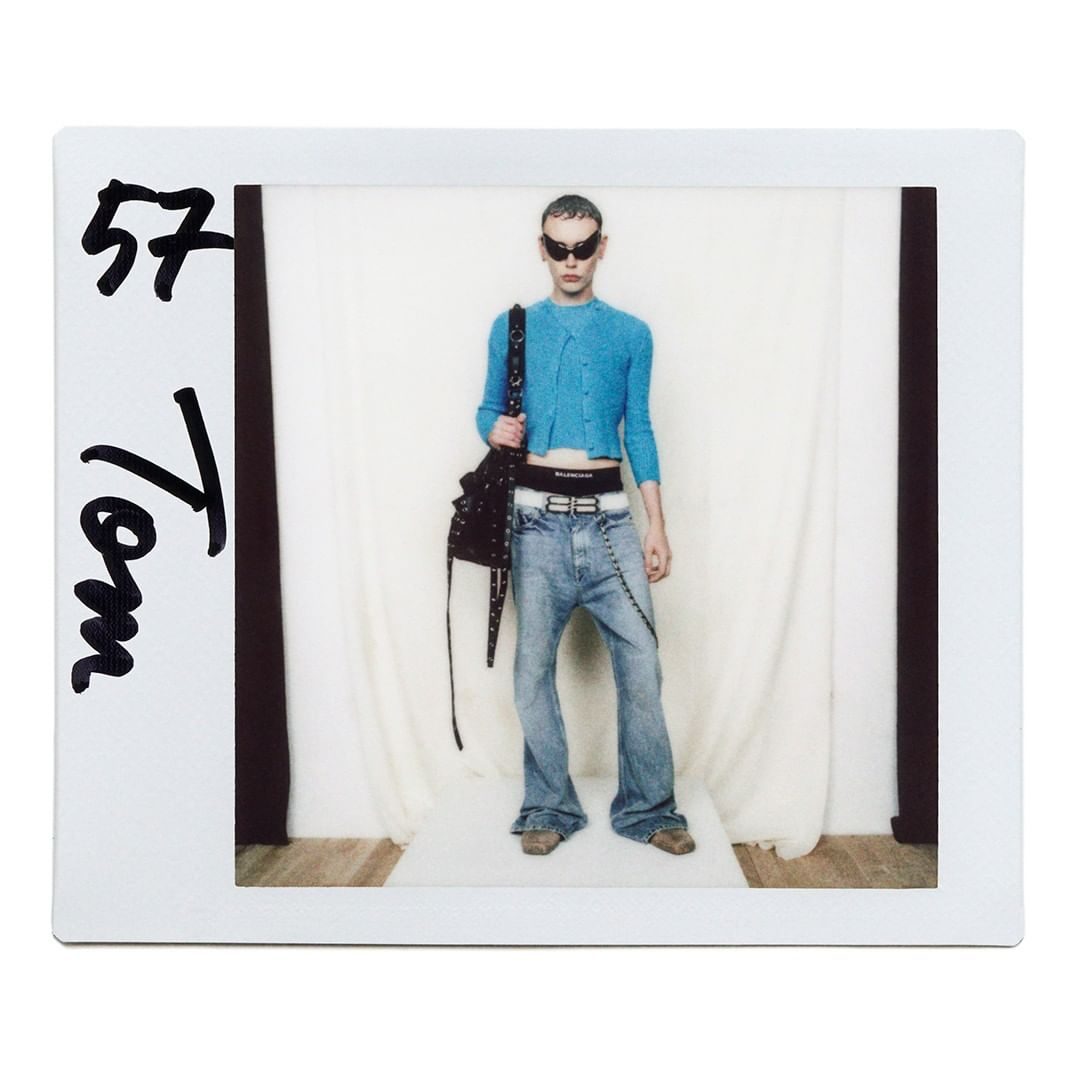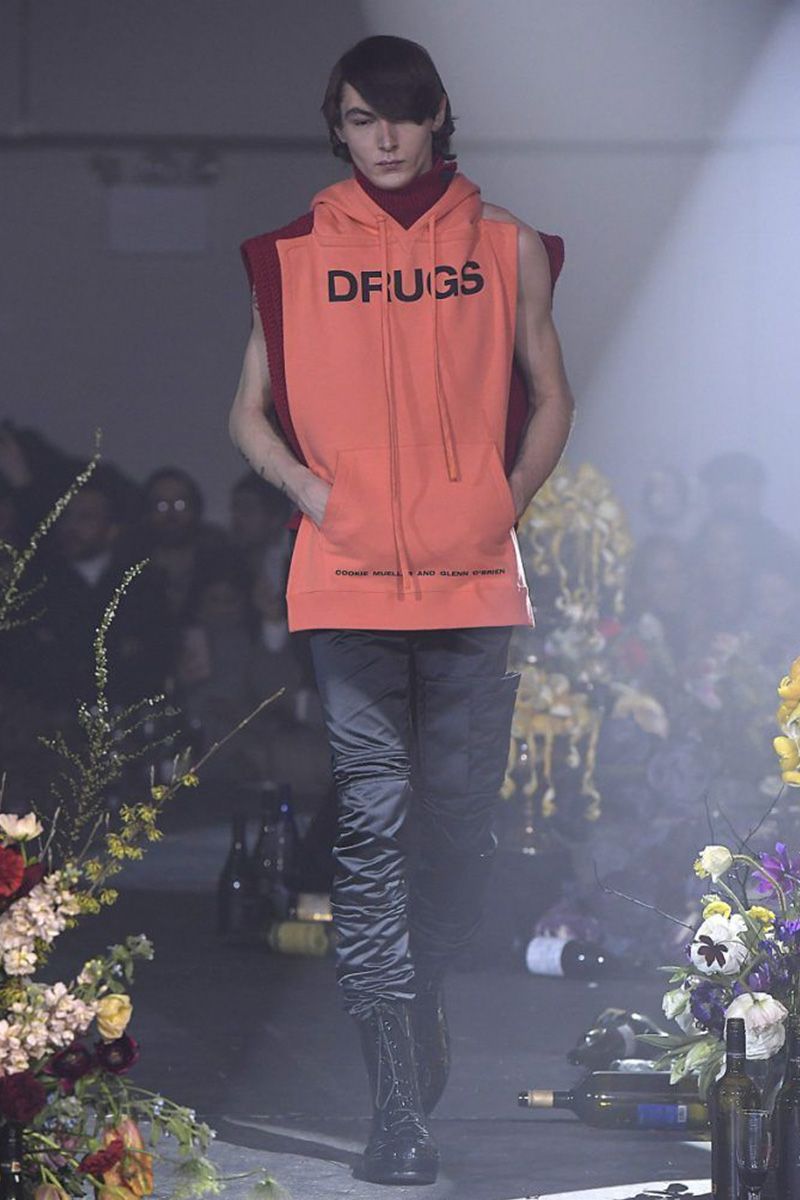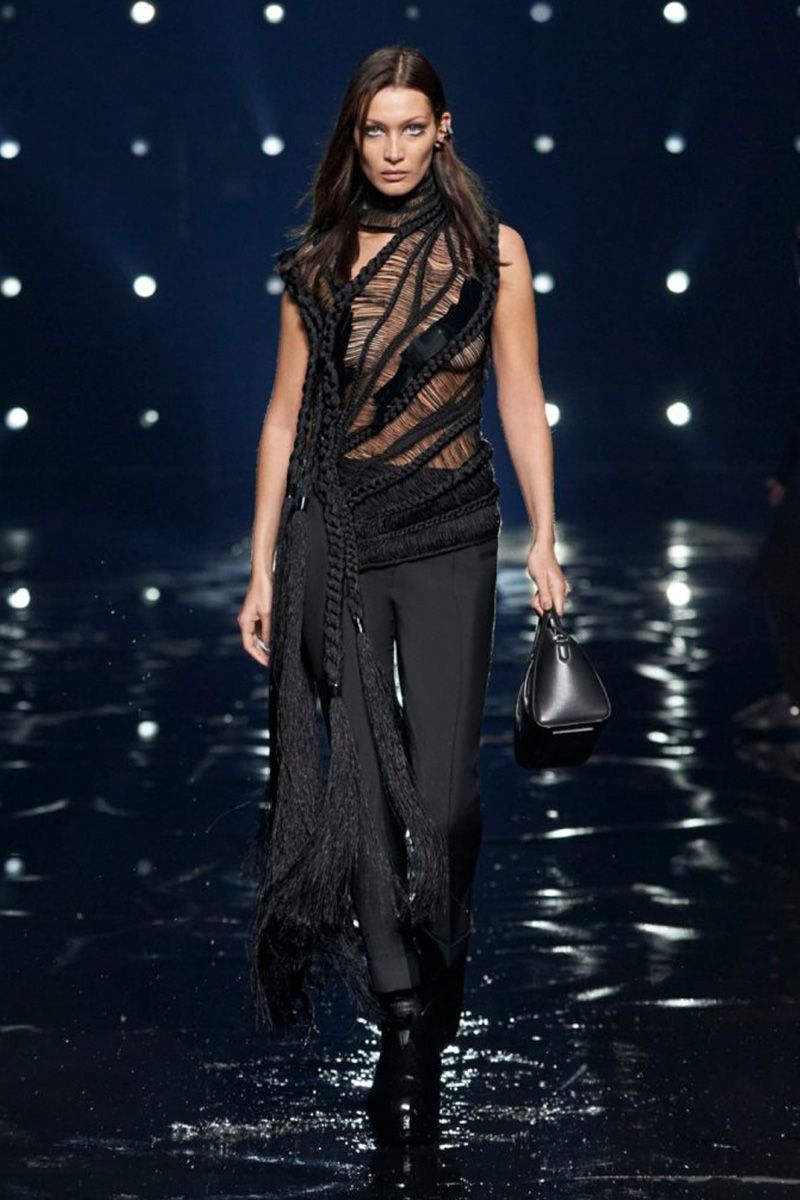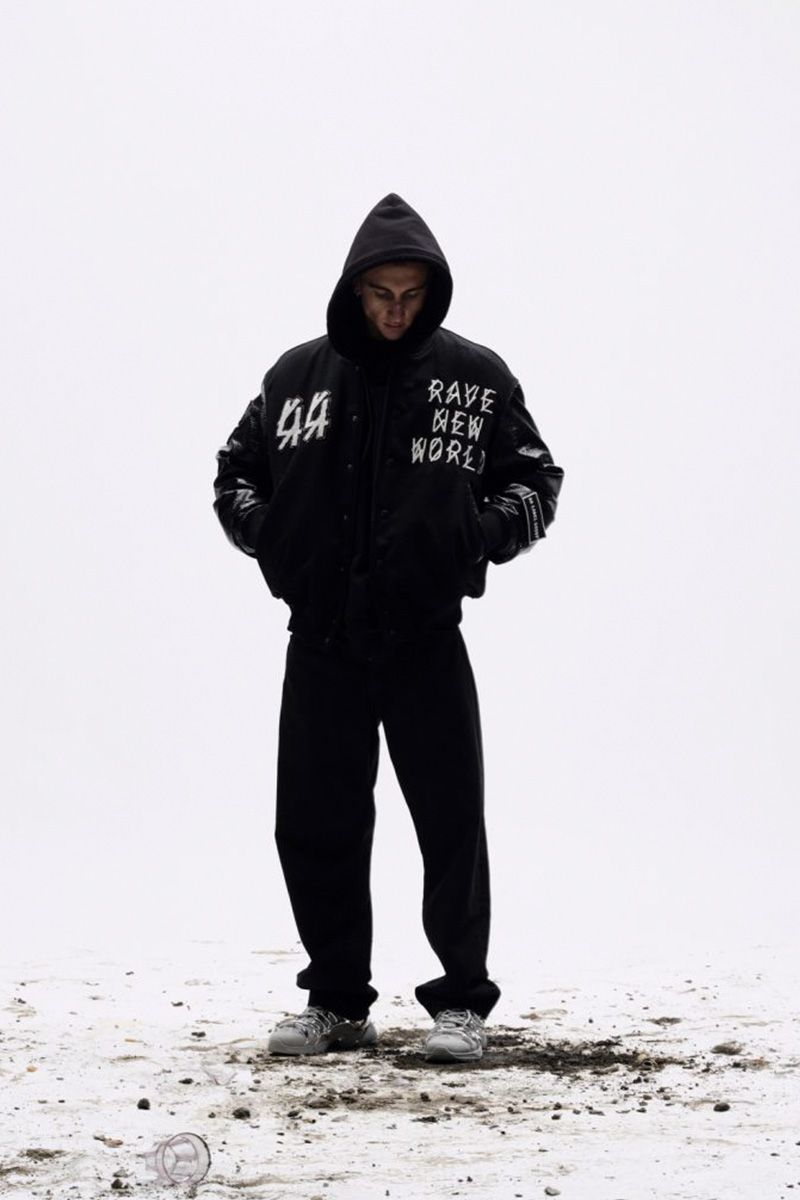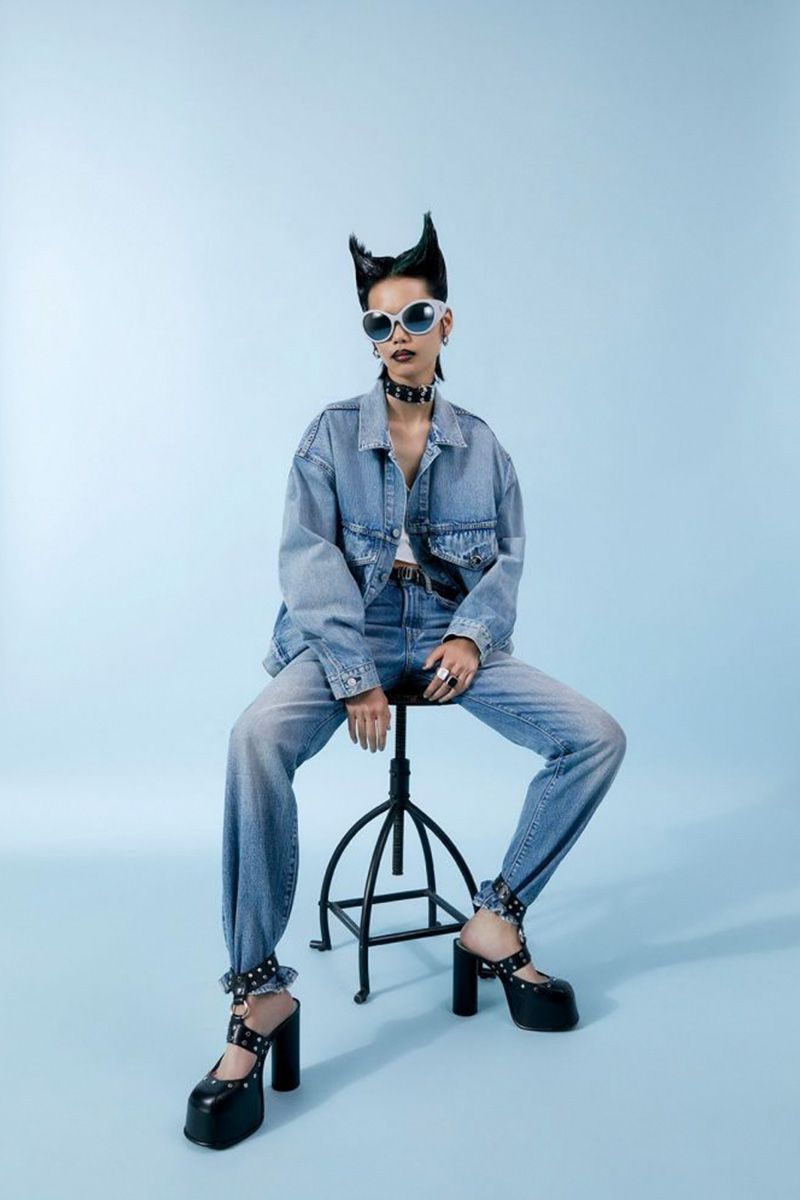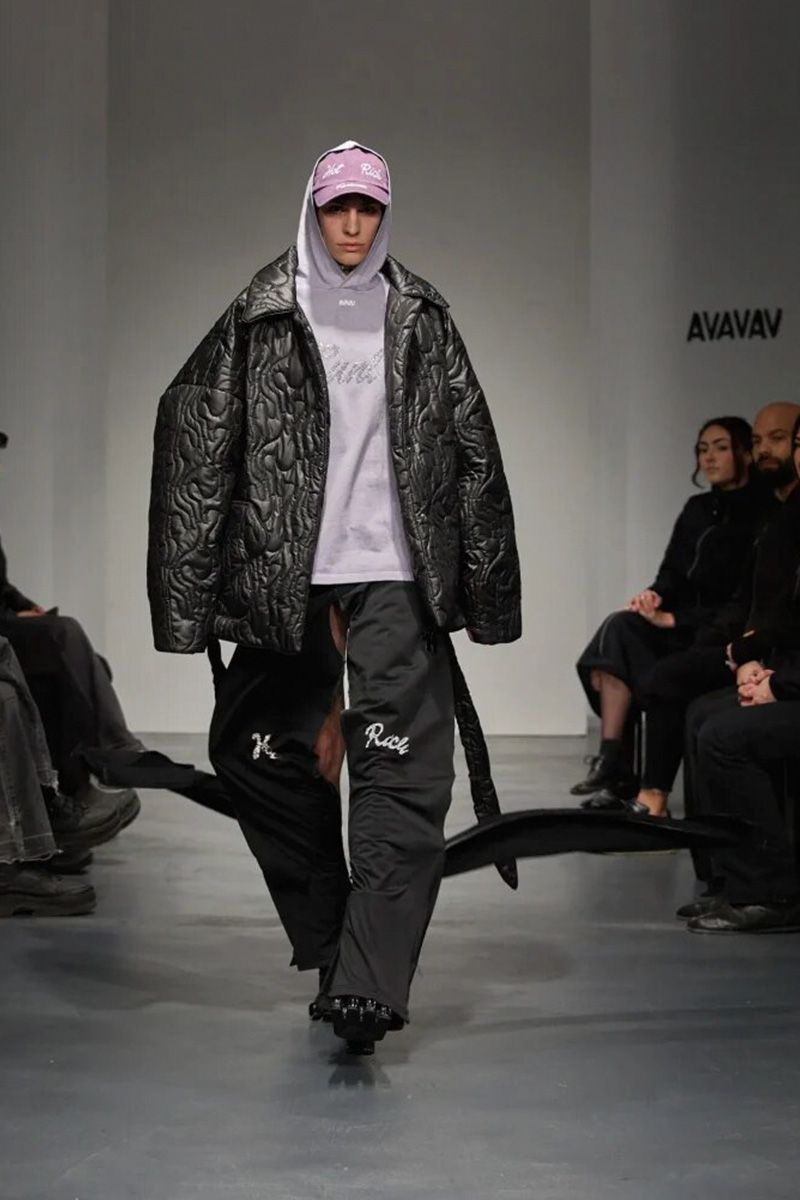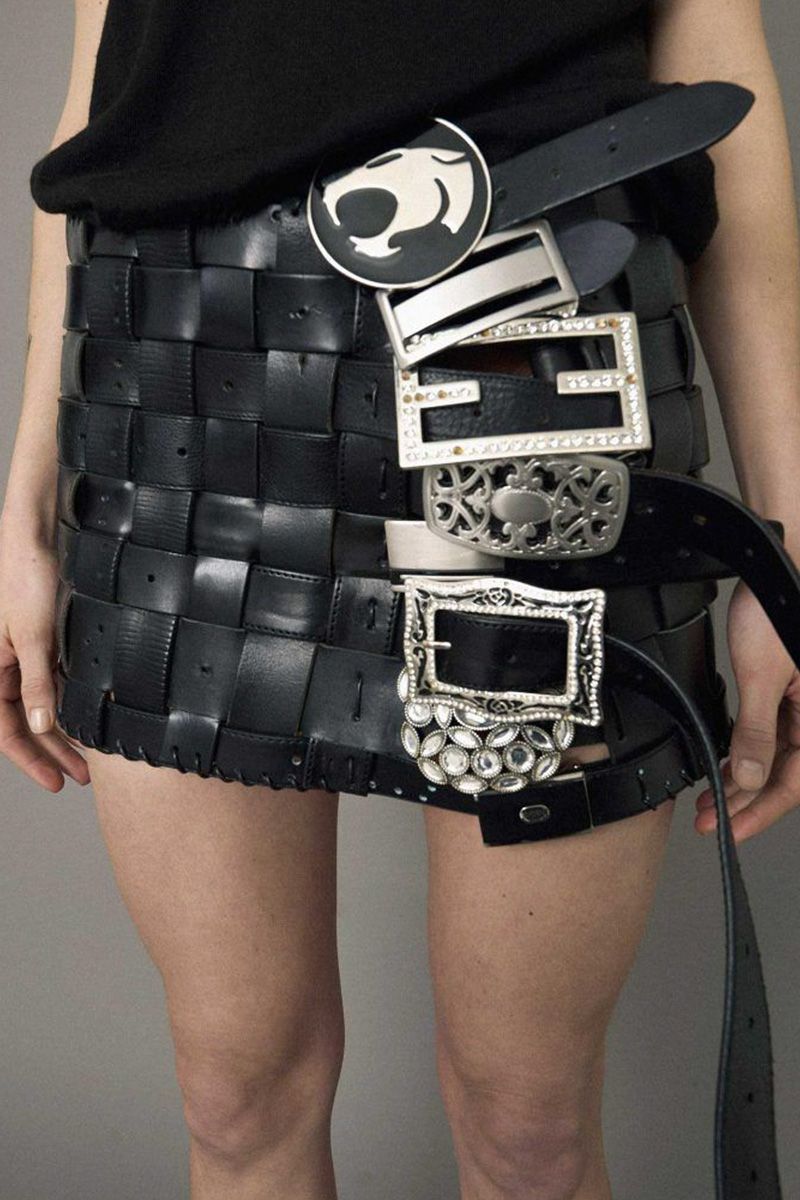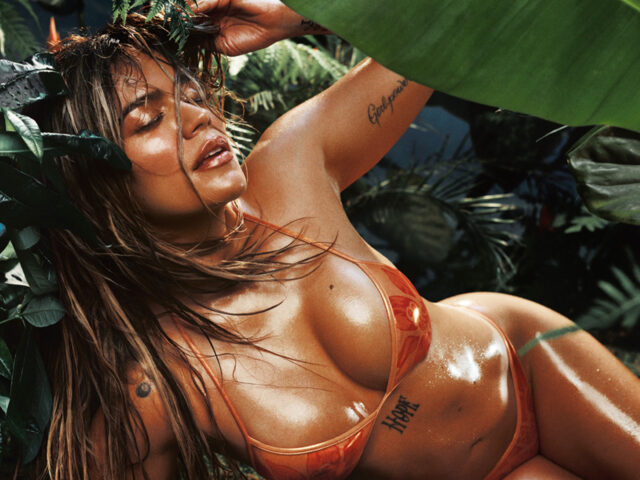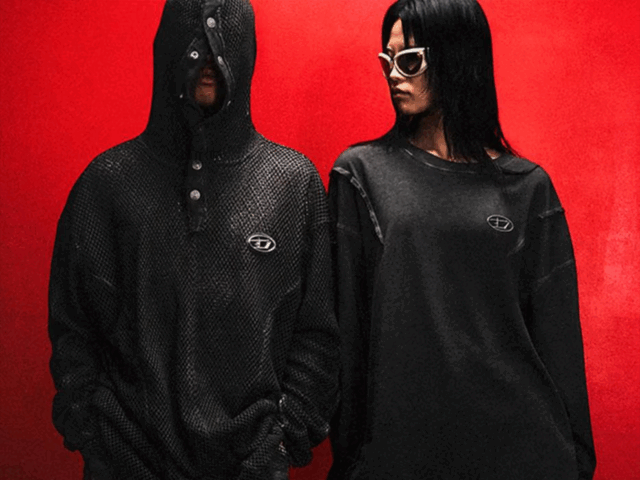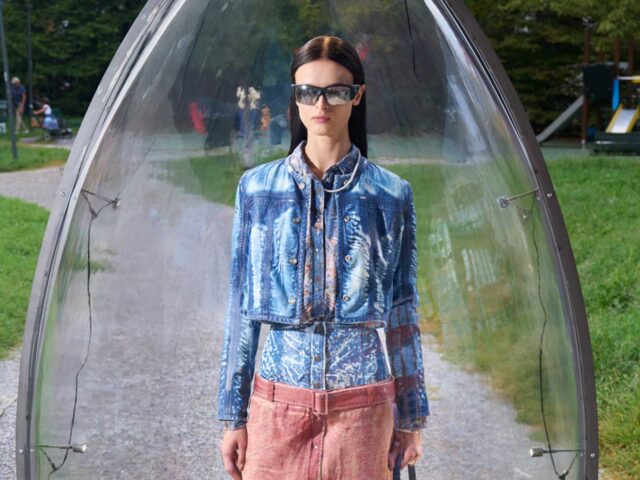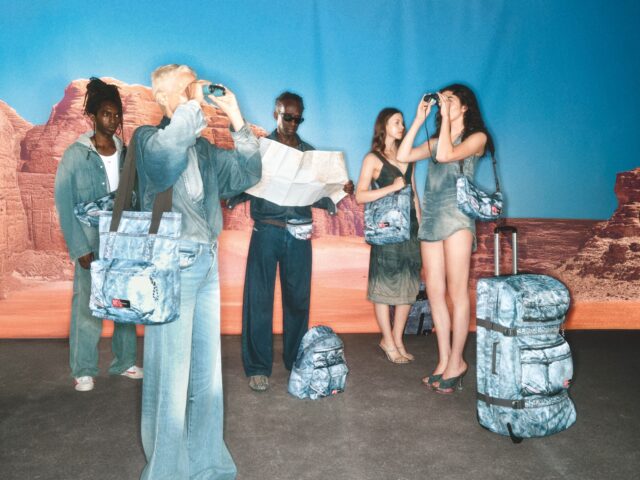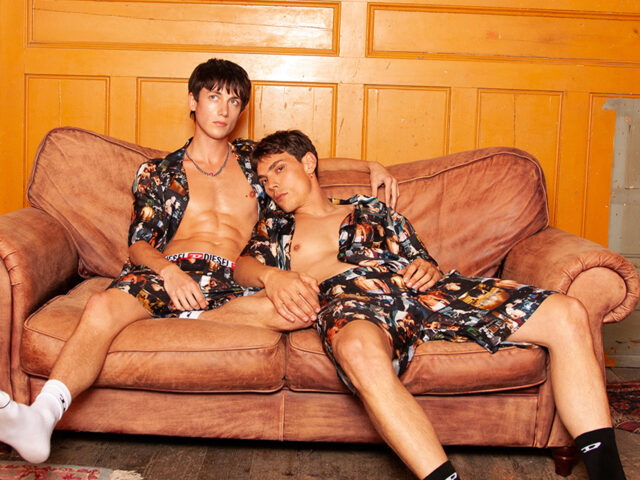The origin of the rave is not very clear, as it happens with many of the under ground waves throughout history. Some say that they were brought to Europe from the United States, specifically Detroit. Other theories point to the United Kingdom in the 80’s as the original source of this culture.
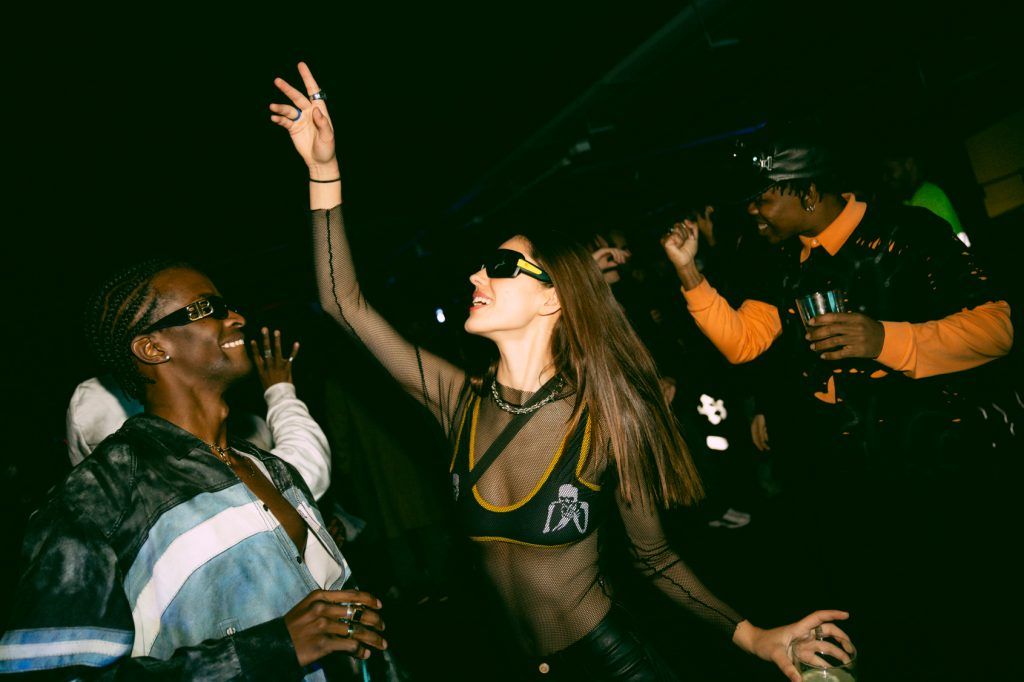
Whatever the true origin of these parties, what is undeniable is that from a few years ago, electronic music has experienced a boom in its consumption and with it the attraction for the culture that surrounds it. There is a clear interest on the part of brands to replicate those defining elements of raves. They incorporate them into their discourses, making them fit into capitalist models and current social dynamics
Pinterest’s new 2023 report predicts that rave culture and fashion will trend this year. “As Generation Z and Millenials recover from more than two years of confinement, they will take over nightclubs, warehouses and house parties around the world,” it adds. The report also reveals that searches for techno style, Berlin rave fashion and house music are trending upward.
There are brands that have always created their universe based on this aesthetic, such as the now defunct Raf Simons. The designer decided to say goodbye to his eponymous brand with a symbiosis between fashion show & rave. After the show, Simons dived into the crowd, the music started playing again and everyone continued to rave. Other new generation brands like Charles Jeffrey Loverboy or Jordanluca also make their love for club culture their competitive advantage. Since 5 years ago, the club aesthetic has not stopped flooding the catwalks: Givenchy, AMBUSH, Versace or even Dior have incorporated this nostalgic feeling of clubbing in their proposals.
LThe fathers of the new rave aesthetic are the Gvasalia brothers. Born in Eastern Europe, the rave subculture of this geographical area has greatly influenced their Vetements and Balenciaga collections and consequently the style of the new generation of club kids and trend followers.
Eastern and Northern Europe have grown in artistic quality to such an extent that they have a strong fashion scene. This is also accompanied by success in the music scene. Brands such as Hoda Kova, AVAVAV, MISBHV or Namilia move in this aesthetic that rejects the purely beautiful, using elements underlying the raves and inspired by the pop culture of the moment.
The queen of the current club? That could be Diesel. The brand creatively directed by Glenn Martens delves into club culture to show that grunge sensuality typical of these underground parties.
There is no longer any counterculture left in rave aesthetics. It is now part of the fashion map as a trend at the service of the market.
Sigue toda la información de HIGHXTAR desde Facebook, Twitter o Instagram
You may also like...
